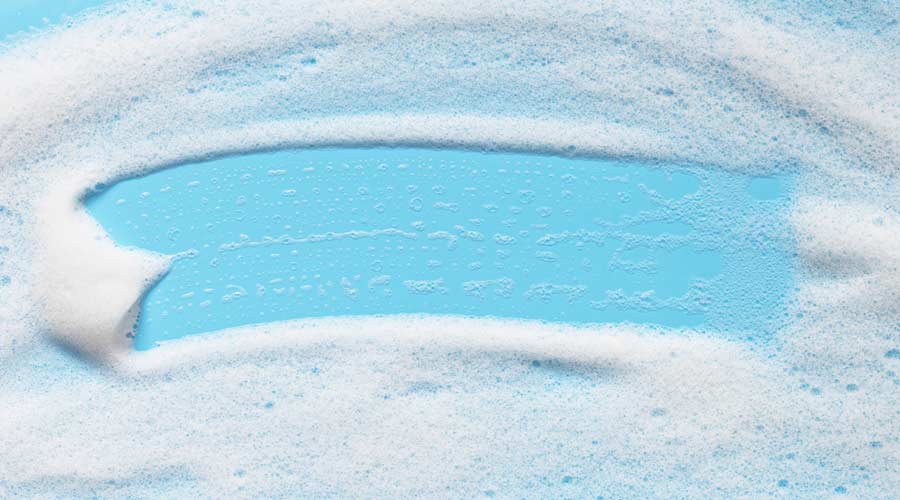What are some best practices for spot removal?
If you know what the stain is, use a specific spotting chemical for that (if you have one); otherwise go with an all-purpose spotter. Use a white towel and put the chemical on the towel (not directly onto the carpet) and check for colorfastness in an inconspicuous area. If the carpet is colorfast (which it probably is if it’s commercial carpet) then commence spotting by blotting the spot and working toward the middle if it’s large in size. — Gareth Mason, President at NaceCare Solutions, Mississauga, Ontario, Canada
One could write an entire article on spot removal best practices. But very briefly, the most important thing in spot removal is getting to it very quickly after it occurs. This prevents the spot from penetrating the carpet too deeply, from drying and from setting in. Then it is important to have some understanding of what is in the spot. Is it food, coffee, urine, vomit, oily soil or just mud? This will determine the best spotting compound to use to remove it. Lastly, having a handy portable spotting extractor ready to use can be very helpful. — Bob Abrams, Group Product Manager at Nilfisk-Advance, Plymouth, Minn.
1. Blot. Do not rub.
2. Use white absorbent towels to clean up as much excess spill/stain as possible.
3. Add cleaner to towel. Do not pour spotter solution onto the carpet
4. Avoid over wetting.
5. Work from the outside of the stain to the middle to avoid spilling.
6. Use a blower to dry and prevent wicking.
— Dalvin Green, Sanitaire Business Development Manager at Sanitaire Electrolux, Peoria, Ill.
Hard Floors Vs. Carpet Debate

 The Down and Dirty on Cleaning in Virus Season
The Down and Dirty on Cleaning in Virus Season How Surfactant Use is Expanding in Commercial Cleaning
How Surfactant Use is Expanding in Commercial Cleaning Maximize Your Margins: Learn How to Automate Pricing and Track Rebates
Maximize Your Margins: Learn How to Automate Pricing and Track Rebates